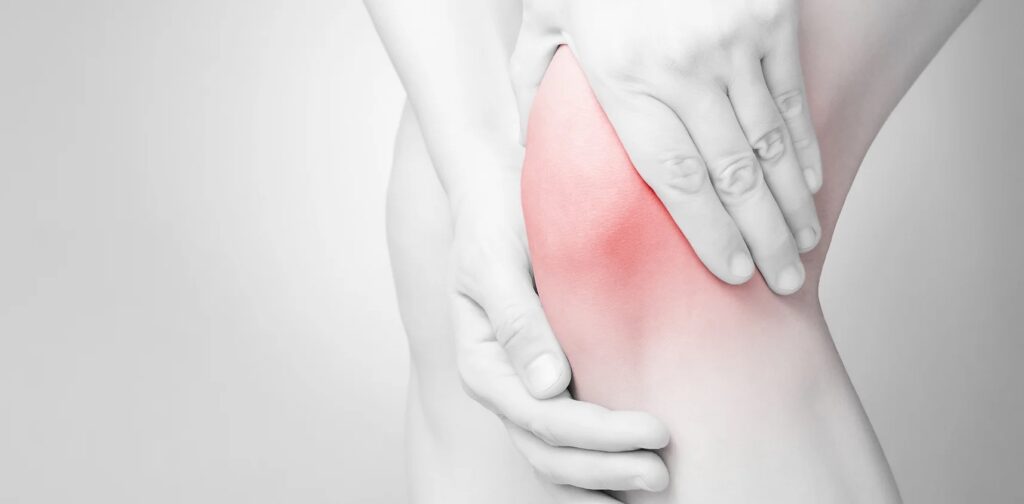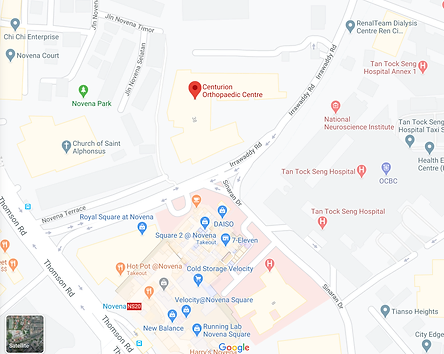Patellar Maltracking

Patellar Maltracking
Patellar maltracking is a common condition causing knee discomforts, tightness, and pain during walking or activity.
Patellar maltracking means that the kneecap at the front of the knee does not move in a normal straight line. This is however, a simple way of explaining this condition, as Patellar maltracking is actually due to complex bony and soft tissue interactions.
What does Patellar Maltracking mean again?
The patella refers to the kneecap bone which is at the front of the knee. In normal situations, the kneecap moves in a relatively straight up-down line as a person bends and straightens his knee.
Patellar Maltracking means that the kneecap shifts to one side instead of moving in a straight line.
What symptoms does maltracking produce?
The person may feel:
– discomforts and pain at the front of the knee after walking a lot, running, jumping, or doing squats
– the kneecap is loose and weak
– clicking or rubbing sensation as the knee is moved
– in more severe cases, the kneecap can dislocate and cause pain and swelling of the knee
– in some patients, the kneecap can dislocate again and again! Read about kneecap dislocation here.
What causes maltracking?
As mentioned, maltracking actually arises from a complex interaction of bony and soft tissue factors. Soft tissue factors that produce maltracking may be:
– looseness of knee joint ligaments
– tightness of Ilio-Tibial band
– weak quadriceps muscles
Bony factors may include:
– trochlear dysplasia
– excessive femoral anteversion
– lateralisation of the tibial tubercle
In short, many of these are complex structural factors that a person may be born with.
I have knee pain and I have maltracking. What happens if I do not treat it?
Maltracking can cause persistent knee pain and cartilage damage in the long run if it is not treated. The abnormal movement of the kneecap causes altered loading forces on the kneecap cartilage that may cause cartilage damage and arthritis in the long run.
What treatments are there for maltracking?
You will need to have your knee assessed by an Orthopaedic specialist experienced in such issues to diagnose and understand your condition. An MRI scan is a useful adjunct to understanding the condition, but is not the main way by which maltracking is diagnosed. This is because maltracking is a dynamic condition that occurs with movement, whereas MRI is a scan of a static knee.
If it is an issue of weak muscles or loose medial ligaments, Physiotherapy may improve the condition. Sometimes, oral cartilage supplements are added if there is already some damage to the cartilage due to long-standing maltracking. A patellar knee brace may help reduce symptoms during sports or exercise.
If it is an issue of tight ilio-tibial band that is not responsive to physiotherapy, Arthroscopic (Key-Hole) surgery will treat the condition definitively. If it is underlying bony factors that lead to maltracking, surgical intervention may also be considered.


Centurion Orthopaedic Centre
38 Irrawaddy Road
Mt Elizabeth Novena Hospital Specialist Centre #07-40
Singapore 329563

Services
Medisave / Insurances
Treatments
Ankle Sprain & Treatment
Cartilage Repair Treatment
Bone Fracture Treatment
Alternatives to Knee Replacement
Knee Replacement Surgery
ACL Reconstruction Surgery
Knee Cartilage/Meniscus Tear Injury
Heel Spur Treatment
Hip Replacement Surgery
Hip Scope Surgery
Shoulder Scope Surgery
Ankle Ligament Surgery
Spinal Injection Therapy
Steroid Injection
Patient Resources